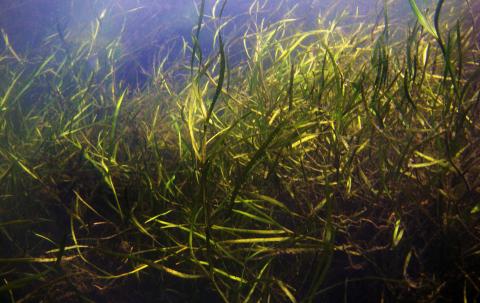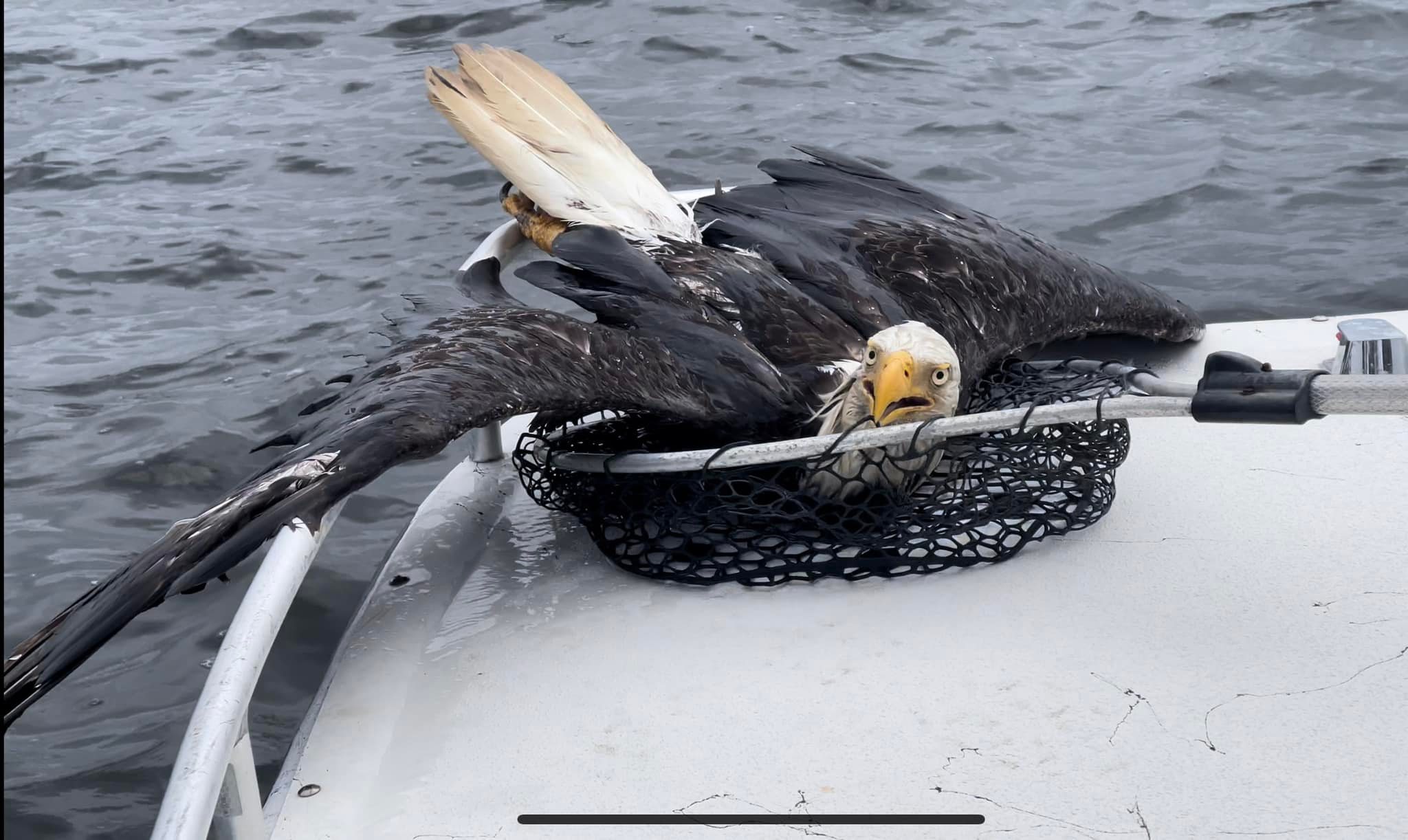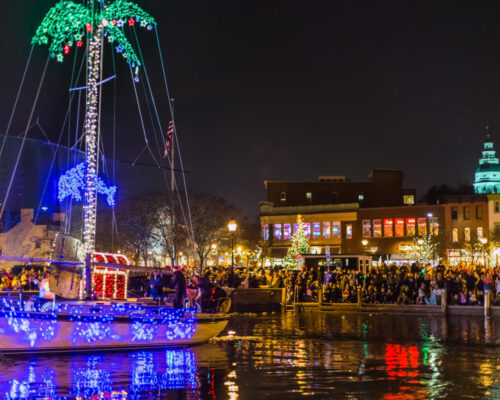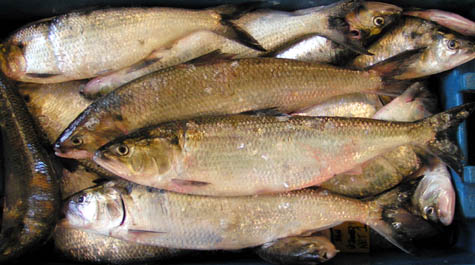New research shows just how much good nutrient reduction is doing for the Bay– as underwater grasses rebound at a level that’s unprecedented anywhere in the world.
14 researchers co-authored the National Academy of Sciences report, which links the resurgence of SAV (submerged aquatic vegetation) to nutrient reductions in the EPA’s Total Maximum Daily Load. According to the new report, average nitrogen levels have dropped 23 percent and average phosphorous levels have fallen eight percent. As a result, underwater grasses have quadrupled in the Bay. It’s the biggest resurgence of SAV ever recorded in the world.
Lead study author Jonathan Lefcheck, PhD, formerly of the Virginia Institute of Marine Science and now at the Bigelow Laboratory for Ocean Science, says, “It’s a humbling and unique opportunity. These efforts began before I was even born, but we are at a stage now where all of these different threads can be pulled together to unveil a picture of unprecedented success. This is a message of hope, and I look forward to a future when the Bay is filled with grasses, something I never thought I would see during my lifetime.”
The researchers connected land use and the reduction of pollutants to the ecosystem recovery in two ways. First, they looked at runoff from the land to the waterways, Second, they analyzed what happens to underwater grasses once pollutants are in the water.
The organizations involved in the study are Virginia Institute of Marine Science, University of Maryland Center for Environmental Science, Environmental Protection Agency Chesapeake Bay Program, U.S. Geological Survey, National Socio-Environmental Synthesis Center, St. Mary’s College of Maryland, Smithsonian Environmental Research Center, Maryland Department of Natural Resources, and Texas A&M University-Corpus Christi.




